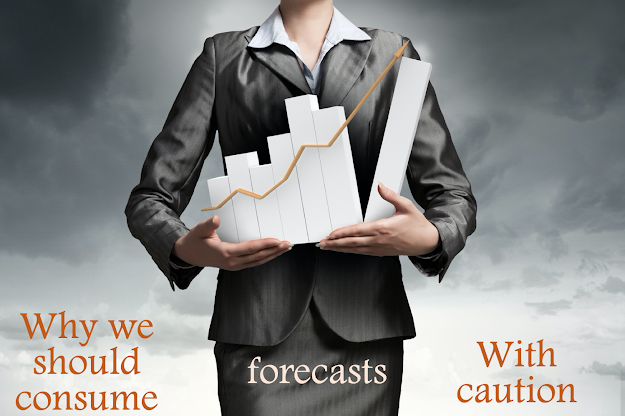
The uncertainty of not knowing what lies ahead is disarming in many ways because it renders us powerless. One way to navigate that ambiguity is to use historical data to forecast the future. The predictions help create some certainty about where the future is headed and, in some way, make things less obscure. Various modelers, for example, had anticipated future COVID-19 infection cases, death, and recovery rates. BMC public health projected that Kenya would reach 1,000 confirmed cases by 14th April 2020 (33 days after the first confirmed case) and 4,000 cases by 21st April 2020 (40 days after the first confirmed case). The Ministry of Health numbers were similar, projecting “1000, 5,000 and 10,000
cases of Coronavirus by early, mid, and late April 2020, respectively ceteris paribus[1]”[2]. In hindsight and according to WHO data, on 14th April, we were at 218 confirmed cases, and by 21st April, we were at 291 confirmed cases.[3]Other interesting examples of data forecasts include those made at the beginning of the year. GDP was expected to grow to 6% following consistent growth in the last five years, which placed Kenya among one of the fastest-growing economies in Sub-Saharan Africa.

